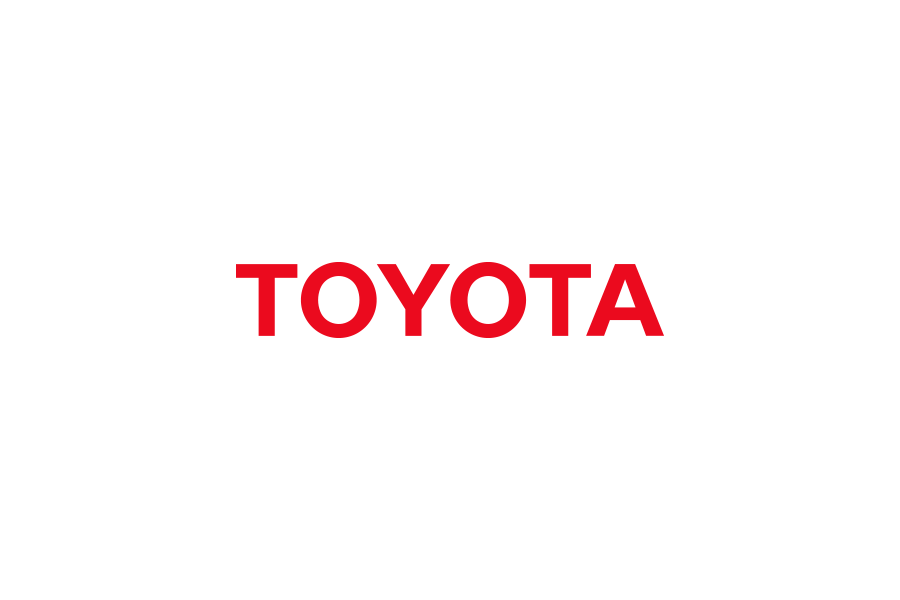Toyota Technical Review
We publish "Toyota Technical Review (TTR)" with the aim of fostering partnerships through technology introductions to stakeholders and recording Toyota's technical assets. From 2023 (Vol.69), we changed the publication frequency from once a year to twice a year.
Latest NumberVol.70 No.1
Date of Issue
- (Japanese Version) September 20, 2024
- (English Version) January 20, 2025
Contents
Special Feature: Toyota's Role in a Circular Economy
- Initiatives for the Circular Economy
The transition from a linear economy built on the premise of mass production, mass consumption, and mass disposal to a circular economy based on the recycling of resources and products has started to take place on a global scale. Although Toyota has been continuously engaged in efforts related to vehicle recycling for many years, it has responded to this transition by commencing further initiatives aimed at extending the useful life of vehicles and parts, realizing more efficient use, and eliminating waste. The special feature of this edition of the Toyota Technical Review outlines Toyota's current initiatives for the circular economy, and discusses potential future developments. - Initiatives for Making Vehicles and Parts Easier to Dismantle
Toyota has developed its design processes to facilitate the long-term use and recyclability of its vehicles. This article discusses the design-related initiatives that Toyota has implemented to make parts easier to remove from vehicles being repaired and end-of-life vehicles (ELVs), as well its design efforts for making ELVs easier to dismantle. These initiatives for making vehicles and parts easier to dismantle help to reduce the work hours required to repair, disassemble, or dismantle a vehicle, while also facilitating the long-term use of products, the reuse and refurbishment of parts, as well as material recycling. - Initiatives for Material Recycling
To help realize a circular economy, Toyota is focusing on building a stronger foundation for recycling automotive materials. This article describes Toyota's initiatives for material recycling, focusing on the current situation and issues surrounding aluminum, magnet, and plastic recycling. - Initiatives for Battery Recycling
Toyota is the largest manufacturer of electrified vehicles in the world. In addition to selling more than 20 million electrified vehicles on a global basis, the company also carries out battery recycling. This article describes an outline of battery regulations in Europe, the initiatives promoted by the automotive industry related to the proper disposal of batteries, and Toyota's initiatives for battery recycling.
Technical Papers / Technical Articles
- The Toyota Land Cruiser 250 Series
The Land Cruiser has supported the lives and livelihoods of people in places that only it can reach, a vehicle that allows people to go anywhere and everywhere and return safely. It has been developed and refined over more than seventy years as one of Toyota's signature models, based on the actual usage conditions of customers all around the world. The 250 series is a core model in the Land Cruiser lineup and was developed by going back to its origin as a simple and sturdy vehicle that helps to fulfill both the lifestyle choices and practical needs of its customers. This article outlines the objectives of the 250 series and the technologies developed to realize these objectives.
